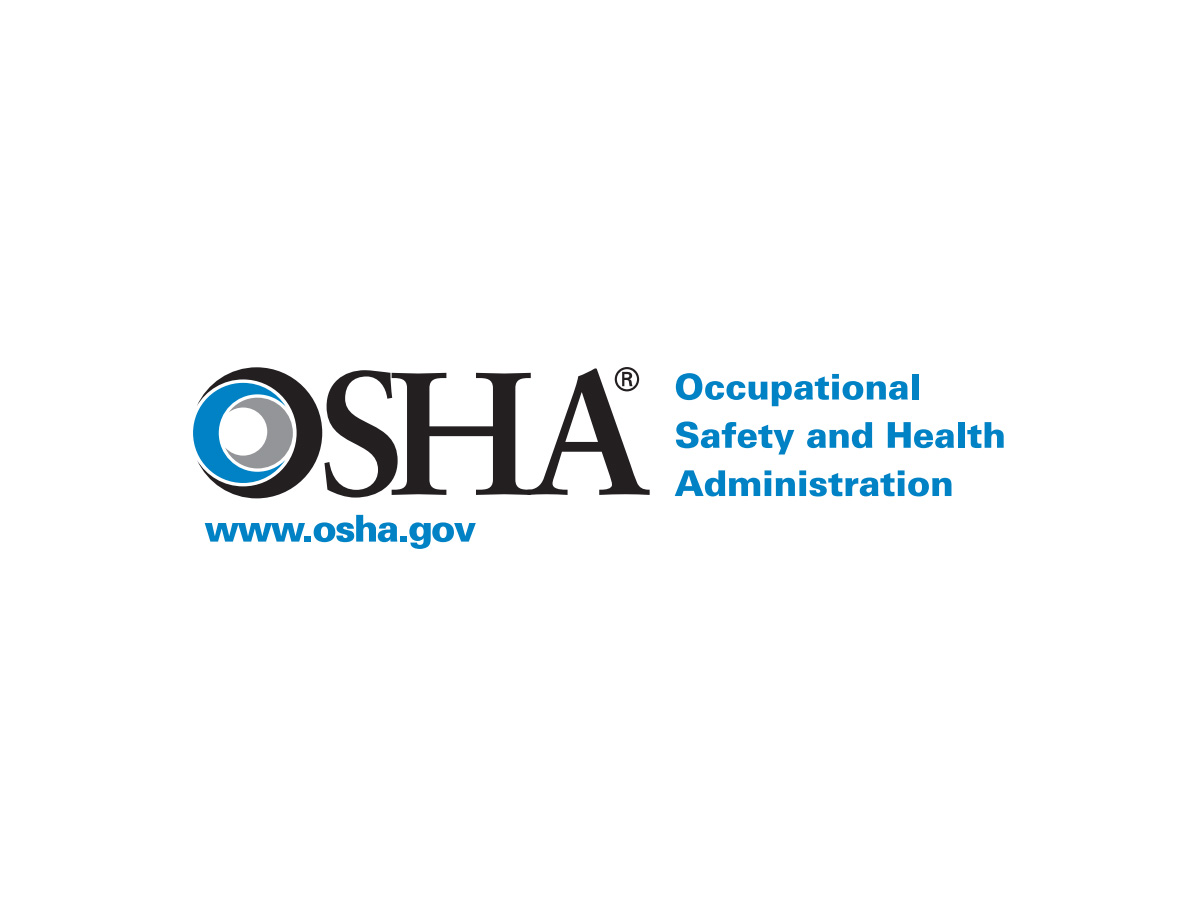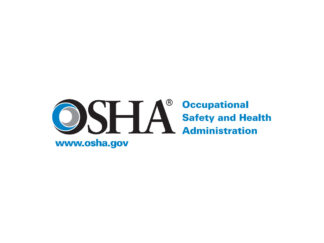Description
Bloodborne pathogens are infectious materials in blood that can cause a variety of diseases in humans, including Hepatitis B (HBV), Hepatitis C (HCV) and Human Immunodeficiency Virus (HIV). Workers exposed to these pathogens risk serious illness or death. The purpose of this course is to protect workers from potential exposures. Topics include needle stick prevention; occupational exposure tasks; OSHA Bloodborne Pathogen Exposure Control Plans; emergency response, controls, procedures and practices for prevention; PPE requirements; and exposure incidents/post-exposure requirements. This course is designed for anyone with a reasonable chance of coming into contact with bloodborne pathogens such as correctional officers, childcare workers, security guards, maintenance workers, school personnel, hotel housekeepers, health and fitness club staff and tattoo artists and is required annually for all employees who are potentially exposed to bloodborne pathogens in the course of their work. (1 hour/1 meeting)





